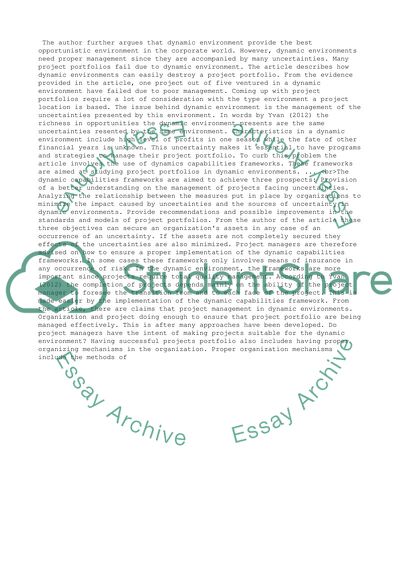Cite this document
(“Organizing for uncertainties in a dynamic market Assignment”, n.d.)
Organizing for uncertainties in a dynamic market Assignment. Retrieved from https://studentshare.org/business/1401008-understanding-business-and-management-research
Organizing for uncertainties in a dynamic market Assignment. Retrieved from https://studentshare.org/business/1401008-understanding-business-and-management-research
(Organizing for Uncertainties in a Dynamic Market Assignment)
Organizing for Uncertainties in a Dynamic Market Assignment. https://studentshare.org/business/1401008-understanding-business-and-management-research.
Organizing for Uncertainties in a Dynamic Market Assignment. https://studentshare.org/business/1401008-understanding-business-and-management-research.
“Organizing for Uncertainties in a Dynamic Market Assignment”, n.d. https://studentshare.org/business/1401008-understanding-business-and-management-research.


